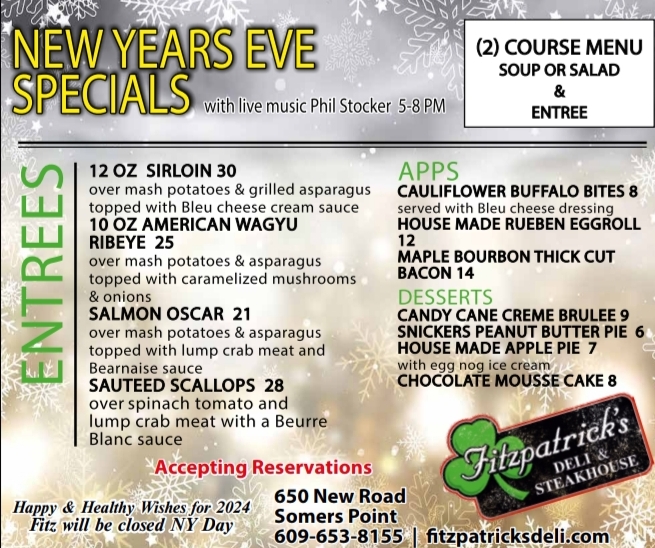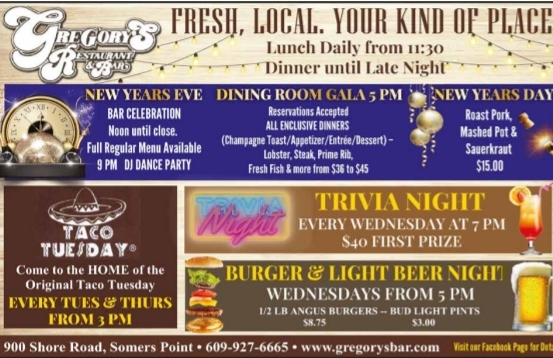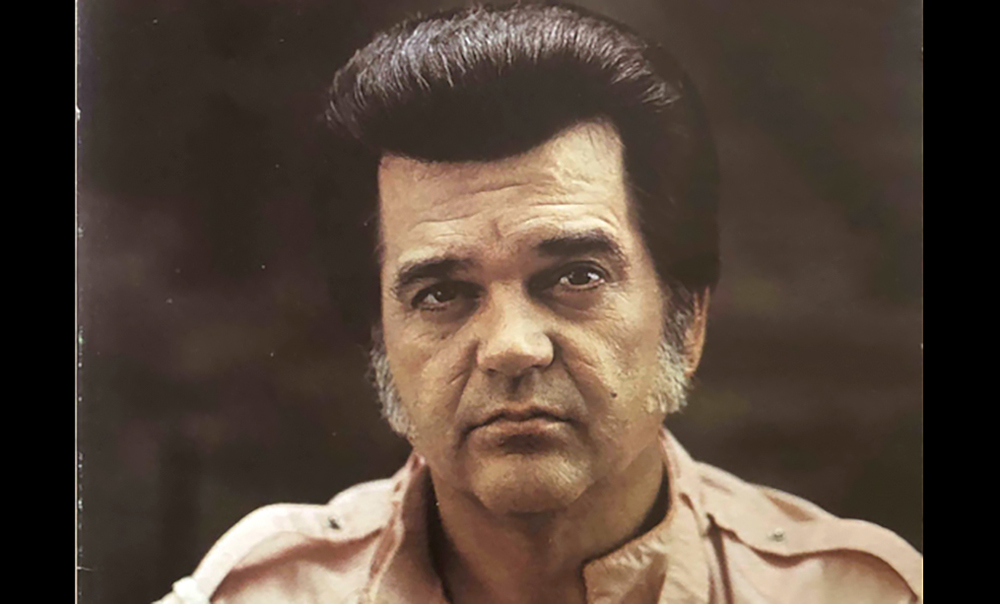Sonny Barger Has the Floor – The 99 Percenters Unite
By Bill Kelly
When Conway Twitty took a two-week hiatus from his gig at Tony Mart’s when the Hawks came in, he flew to California to do a couple of college concerts he had previously booked, and while there he arranged to have a sit-down with Sonny Barger, the leader of the Oakland Hell’s Angels. After playing baseball with the Tony Mart All-Stars against the Bader Raiders police team in the Hangover league last spring, he learned that there was a problem with Barger and that he threatened to return to Ocean City on a Labor Day run with his entire club and ransack the town.
Sitting in a shot-and-beer dive bar in Oakland, while a couple of Hell’s Angels drank at the bar, Sonny Barger and Conway Twitty sat across from each other in a booth drinking beer and smoking.
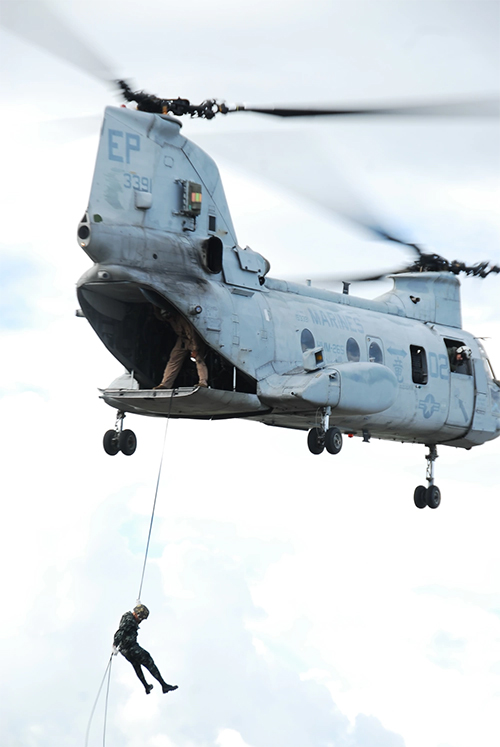
“What’s this all about?” Barger wanted to know.
“Here’s a receipt for your Ocean City speeding ticket from last April,” Twitty said. “I paid it off so there’s no warrant out for your arrest.”
“You didn’t have to do that, we’re going back there on Labor Day to straighten things out.” Barger replied.
“Well that’s what I want to talk to you about,” Conway explained. “I told them you were friends of mine, and I’m giong to go back to country music in the fall, and I’ll play a show for you if you if you let it slide. You see, they’re friends of mine, too, and I don’t want to see any trouble.”
Then Barger gave a speech:
“A motorcycle run is a get-together, a moving party. It’s a real show of power and solidarity when you’re a Hell’s Angel. It’s being free and getting away from all the nonsense. Angels don’t go on runs looking for trouble; we go to ride our bikes and to have a good time together. We are a club. Most Hell’s Angels are great riders. A group of Hell’s Angels cruising down the road, riding next to each other and traveling at a speed of over 80 miles an hour is a real sight. It’s something else; a whole other thing when you’re in the pack riding. It’s fast and dangerous and by God you’d better be paying attention. Whatever happens to the guy in front of you is going to happen to you…
“When Hell’s Angels chapters started getting chartered outside the state of California in the ’60, that’s when we first started our cross-country rides. We’d meet up with the new clubs along the way, and they’d join the run. Man, we used to ride from Oakland to New Jersey on those early rigid-frame bikes, and they bounced around so much that if you drove 60 miles an hour you were making great time. The other big problem then was we’d have to find gas stations every 40 miles or so, since those old-style bikes with small tanks couldn’t make it past 60 miles.
“The Hell’s Angels Motorcycle Club has four or five mandatory runs per year and probably 15 or 20 parties and smaller runs. Each member is responsible for his own machine. He has to make sure his bike is in good enough condition to make it there and back on a long run. I’m kind of hyper on preparation, so I’ll go around checking bikes a little before we leave. Sort of like an inspection during my Army days.
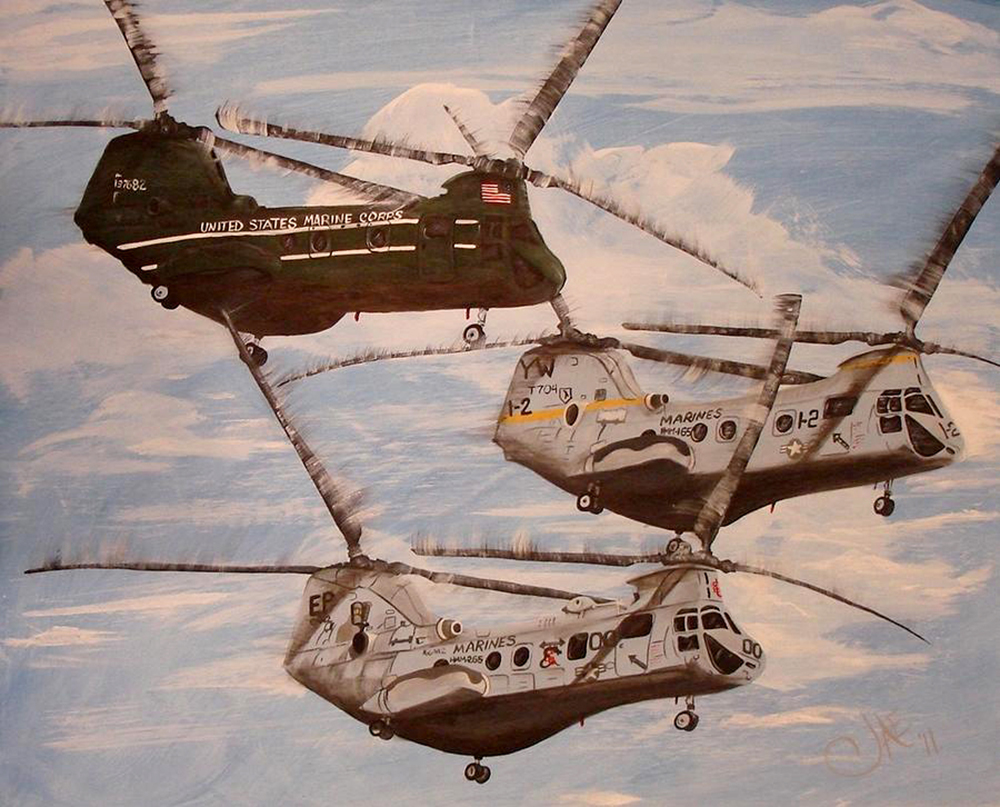
“There’s no serendipity when it comes to the way we ride. You can’t believe the rush you feel in your gut when everybody is kick-starting their bikes and we’re ready to go. We have a strict formation in the front of the pack. I always ride front left, and the rest of the officers ride in the front of the pack. Usually the vice president rides front right, because he’s the most ‘legal’ person of our group. He carries the bail money. From that point back, it’s a free-for-all drag race, jockeying for position. There’s an art to leading a motorcycle pack because you have to be able to anticipate things like lane changes in traffic, dumb drivers, gas stops, and stopovers on the open road. The Oakland club has a long pack that maybe goes on for half a mile.
“When the West Coast members go east, we meet a couple hundred more along the way, which gives us a total of about 400 ready-to-go Hell’s Angels. Man, this is an army now, and together we are going to ride as one gigantic Hell’s Angels pack. We’re gonna be together on the road, brothers, ‘till the wind stops blowing, the grass stops growin’ and the river stops flowin’.
“I was riding at the front of the entire pack and felt as if no power could stop us. It was like I became Crazy Horse leading the charge with hundreds and hundreds of motorcycles, all going 80 miles an hour. People in the towns heard the roar of our bikes way before they even see us. The local police just look the other way…mothers grab their babies from their yards and run into their houses. Cars swerve over to the side of the road. But others, like the farmers, take their caps off and put them into their hearts and chests, and the local fire departments salute us.
“I was 9 years old when the original 1947 Hollister motorcycle fracas went down. What started out as a sanctioned American Motorcycle Association racing competition quickly got out of hand when riders from early outlaw clubs got drunk and rowdy, racing through town streets, running traffic lights. This was supposed to be your typical annual AMA national gathering, just like the dozens they’d staged before. But it all went wrong. Raucous biker riders were getting busted for lewd behavior, public drunkenness, and indecent exposure. To hear some of my older friends, you’d think the Hollister incident was America’s first taste of hell on wheels. Looking back, it probably was.
“They made a movie about it, ‘The Wild One,’ starring Marlon Brando and Lee Marvin, hit the screen in ’54, while I was in high school. The movie was a big hit, based on what took place in Hollister, California, July 4, 1947.
“After the Hollister incident cut deep into the AMA’s cred, they labeled rowdy, outlaw motorcyclists the ‘1-percenters.’ According to AMA propaganda, 1 percent of motorcycle riders were the outlaw clubs giving bike riding a bad name while the other 99 percent were good old-fashioned, law-abiding citizens. Since then we proudly adopted the name that the AMA shoved on us, the 1-percenters.
“This year (1965) not only did the Hell’s Angels shake up the left with the VDC demonstrations, but we also rattled the cages of the right-wingers too…California Attorney General Thomas C. Lynch, responding to pressure from other politicians, released a report denouncing the Hell’s Angels, claiming we were a menace to society.
“We held a Memorial Day run to hook up with Ken Kesey and his Merry Pranksters again. Things happening today are the best thing that ever happened to the Hell’s Angels. We actually have a lot in common with the hippies.”
In the Newsweek issue of March 29, 1965 issue, they wrote:
“A roaring swarm of 200 black-jacketed motorcyclists converged on the small, sleepy Southern California town of Porterville. They rampaged through local bars, shouting obscenities. They halted cars, opening their doors, trying to paw female passengers. Some of their booted girlfriends lay down in the middle of the streets and undulated suggestively. As the evening wore on, everybody was partying furiously and having a great time. Motorcycles raced up and down the main street. There were wet T-shirt contests happening on top of the bars in the saloons, and the booze (and drugs) flowed like ice cream and cake at a kiddies’ birthday party. It was heaven. The Hell’s Angels along with the locals and other bikers, were having a wild time.”

“We might die if trouble erupts, but at least we will do it with style and dignity, because we believe in our brotherhood and the backs of our jackets,” Barger continued. “Why is a run important and significant to me? Because it proves that I belong right where I am, with my club. I don’t have millions of dollars and I’m not on the cover of Time magazine either, but what I have is respect. Respect from those who count on me. After alI, I am Sonny Barger, a Hell’s Angel.”
Then Twitty stayed silent for a few moments to let it all sink in.
“Well my offer still stands. I’m leaving Tony Mart’s the week before Labor Day and will be putting a new band together, a country music band, and will play for your club in California, if you stick around.”
The 99 Percenters Unite
Meanwhile, down in LA, Motorcycle Mike the Mechanic had been maintaining the bikes for a few Hell’s Angels and heard about the planned Labor Day Run to ransack Ocean City, and he began to unite some normal, regular bikers, non-1-percenters, and planned a bike trip to the East Coast. One by one and a few at a time decided to join him, and by Labor Day weekend, they had a few hundred bikers lined up and left on Friday morning.
It took a few days to get there, stopping at roadhouses along the way, and they made it to the Atlantic City Expressway by Labor Day morning. But they stopped cold when they saw the sign prohibiting motorcycles on the Expressway. So they started a protest which got larger as more bikers arrived and joined them – blocking the highway to all traffic.
Soon they were joined by some Jersey bikers – including Malcolm Forbes, a millionaire with an ostentatious leather suit and embroidered colors that read: “Capitalist Tools.”
Forbes had a sign that read: “Bikers Pay Taxes Too.”
Mike introduced himself to Forbes and explained how they were trying to offset the Hell’s Angels threat, but they all agreed no one had seen any Hell’s Angels.
When the State Police finally arrived, they noted that they, too, were waiting on the Angels, but doing so down the shore, so they were short handed. The police agreed that motorcycles should be allowed on the state highways, and Forbes said he was going to consult the state government on the issue after the holiday, so the protest ended and they headed to the shore, both on the Expressway and the Black Horse Pike.
They noticed that every bar, roadhouse, diner, café and fleabag motel were packed with bikers who had ducked in – any port in a storm, and sported banners, “Ninety Nine Percenters” – and were headed to Ocean City for the “Roar at the Shore.”
When the main pack of bikers got to Somers Point, they stopped and filled the bars which were already packed with Labor Day revelers, but everybody got along just fine.
But as they crossed the Causeway they encountered a road block at the Ocean City Information Center, where only bikers were being stopped, and were being checked out by the Federal Biker Task Force. When the police, led by Lynn Bader’s Raiders, realized they were all mostly clean – there were only two outstanding parking and one speeding ticket, two illegal Irish aliens without green cards and a hippie drug dealer with a big bag of weed.
When the cops manning the road block realized there were no Hell’s Angels they let them all through, but weren’t happy about it. They felt the operation had failed, had been hijacked and turned around on them.
Eventually they all got through, and there was a roar of bikers going down Ninth Street like a tidal wave, engulfing the city already crowded with tourist families, college kids and hippies. But rather than causing trouble, the bikers held restaurant doors open for other patrons, and like good boy scouts, helped old ladies cross the street.
At the Music Pier on the Boardwalk, the KYW TV3 news crew, filmed their last report with Tom Snyder talking about the weather, and David Brenner making faces at him so he couldn’t keep a straight face.
Over at the Chatterbox, Mike the Mechanic pumped a quarter into the jukebox for three songs – Arlo Gunthrie’s “The Motorcycle Song,” Barry McGuire’s, “Eve of Destruction,” and a new one that Peggy Lee would make a future hit, “Is That All There is?”
On the Boardwalk at Mack & Manco’s Pizza, Duncan took off his apron for the last time, put on his flight suit, put his helmet under his arm and took a bank envelope from Mr. Mack, who shook his hand, wished him luck, and thanked him for staying until Labor Day.
Duncan gave another pie maker, Bill, the keys to his Mustang, walked across the Boardwalk and down the steps to the empty beach just south of the jetty. From there he could hear and then see the three Marine Corps helicopters coming down over Atlantic City from Lakehurst, en route to Quantico.
Duncan, putting on his helmet, looked like the Space Man in the “Day the Earth Stood Still,” went out to the middle of the beach. As the three helicopters slowed down to hover above him. The center one came down lower and dropped a rope ladder over the side. Duncan stepped on the bottom rung and a hydraulic lift pulled him up into the open door as the three helicopters resumed formation and continued on their flight.
So the Summer of ’65, which began with the roar of Hell’s Angels’ motorcycles, ended not with a riot, or a whimper, but the rattling hum of helicopters as they faded away.
Next Up: What Became of – the Characters in Waiting on the Angels – The Long Cool Summer of ’65 Revisited.
To comment on this story or series, email: Billkelly3@gmail.com.

